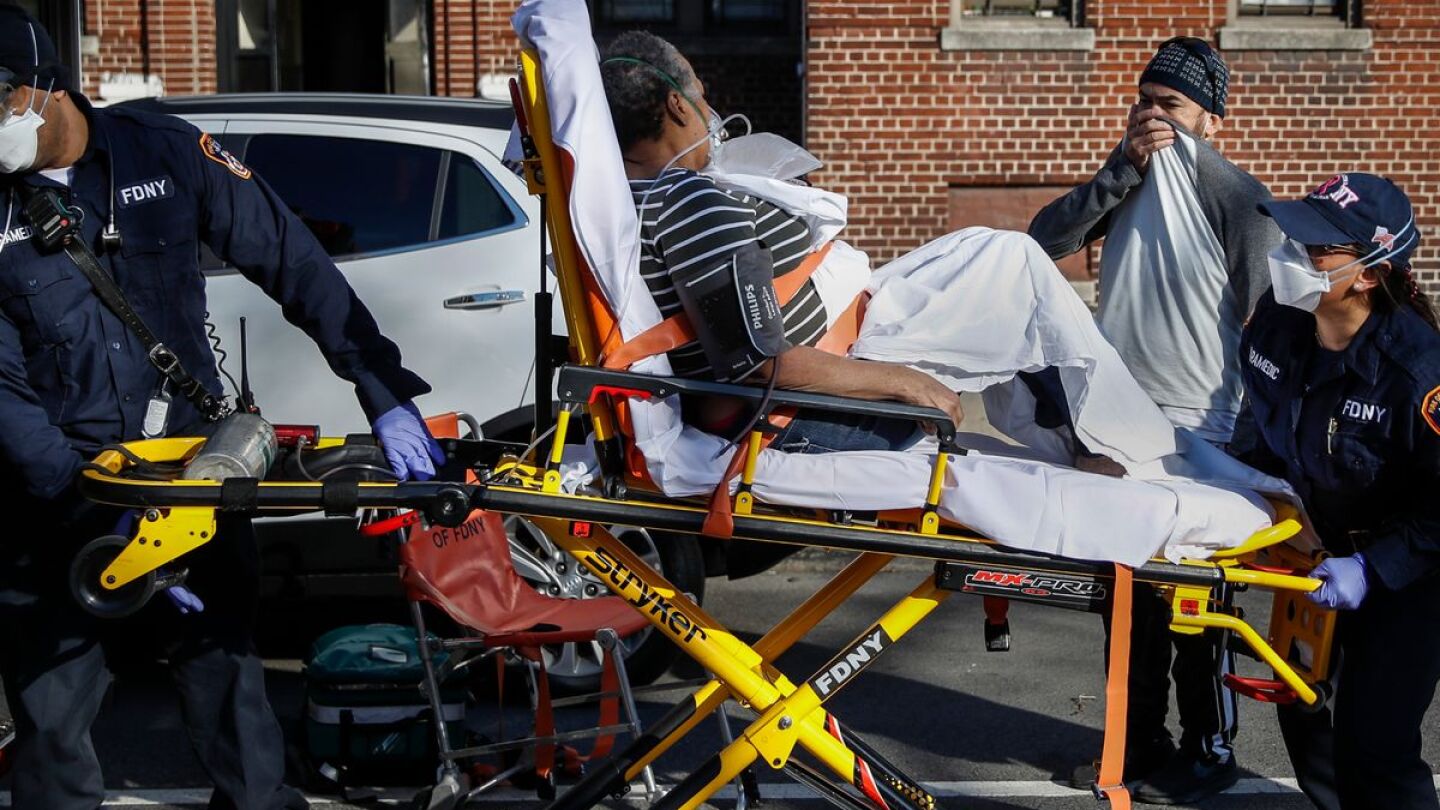Cardiac Care
Explore our comprehensive directory of articles on Cardiac Care in EMS, tailored to support professionals in assessing, treating, and managing cardiac emergencies. This collection covers essential topics such as ECG interpretation, advanced cardiac life support (ACLS), and the latest heart attack and arrhythmia management protocols. Mastering cardiac care is crucial for improving patient outcomes in life-threatening situations. For related content, check out our resources on Emergency Medical Procedures. Stay informed and enhance your skills in cardiac care with our expert-driven content.
Signs of PACS that will help you eliminate EKG rhythms to make your diagnosis
Engage your participants in pediatric resuscitation protocols, equipment and patient assessment
How do we recognize and treat hyperkalemia in the prehospital setting?
The City of Pinehurst is seeking to reduce firefighter responses to certain emergencies as a “cost-saving measure”
Knowledge of complex neural systems can help paramedics link medications to therapeutic goals
The stress-induced condition, sometimes called “broken heart syndrome,” produces the same symptoms as a heart attack and can be fatal
Three significant consequences of routine, excessive oxygen administration
The state’s chief medical executive urged residents not to delay care over COVID-19 fears
Providing accurate ventilations and oxygenation in concert with effective chest compressions and timely defibrillation contributes to saving lives in the BLS setting
Breaking down the National EMS Assessment 2020 insights on telehealth, health information exchange and disaster preparedness
In some cases, our medical monitoring equipment alert is the precursor to a rapidly deteriorating patient who appears normal
EMS providers have a key role in initial emergency care for pediatric patients with sepsis
3 EMS lessons from Minneapolis: EMS duty to the patient, even in uncomfortable situations
Targeting the most common chief complaints and deadly diagnoses to consider in prehospital medicine
A webinar will outline best practices following implementation of the integrated AED geolocation plan
University of Washington EMS physicians and researchers analyzed data from more than 1,000 out-of-hospital cardiac arrests in the Seattle area
The mother of Davidson County Rescue Squad Paramedic Richard Montgomery reports that he died from a severe anaphylactic reaction after a bite or sting while on a call
Northwest EMS Paramedic Doug Zima, a 26-year EMS veteran, died Saturday
Understanding the sequelae of traumatic asphyxia, strangulation and positional asphyxia
Hennepin Healthcare EMS Chief Marty Scheerer said he believes paramedics did everything right but may not have initially known the severity of Floyd’s condition
The Minneapolis Fire Department was called to assist EMS while transporting Floyd after his arrest
Triage burn victims for inhalation injury and fluid administration by putting these four pieces of the puzzle together
The SAM IO Intraosseous Access System was created to deliver emergency drugs or fluids when intravenous access proves difficult as a result of patient anatomy and physiology
A non-profit School Emergency Response Coalition is equipping students with life-saving emergency response training and equipment
Scenario: EMS work through resuscitation and management strategies when they respond to a call for pediatric drowning and find the child in cardiac arrest
Technological advances and training are moving hemorrhage control techniques from the battlefield to prehospital and emergency medicine
The medic is said to be in serious but stable condition after being resuscitated and transported to the hospital
Firefighters arriving to put out the fire saw the man collapse on the side of the highway and began CPR
The agency said on Facebook that those with conditions such as chest pain, high blood pressure and abnormal blood sugar shouldn’t hesitate to seek treatment
Examining the airway management studies findings on 72-hour survival, ROSC, survival to discharge and favorable neurologic status at discharge
Davidson County Rescue Squad Safety Officer Richard Montgomery went into cardiac arrest while assisting two other agencies on a cardiac arrest call
The state department of health had issued instructions last week to not attempt to resuscitate cardiac arrest patients who don’t have a pulse
MedStar in Fort Worth, Texas, said significant decreases in response volume and transports could mean patients are reluctant to seek help during medical emergencies






























